When it comes to topsoil, loam is one of the most popular types available. Loam topsoil is made up of a mix of clay, sand, and silt particles, making it particularly versatile for gardening and landscaping projects. It is also excellent for promoting healthy plant growth, as it contains all the essential nutrients plants need to thrive. In this article, we'll explore the different types of loam topsoil, their characteristics, and their uses. No matter what your gardening or landscaping project entails, there is likely a type of loam topsoil that can help you achieve your desired results.
From nutrient-rich topsoil for vegetables and herbs to soil that helps retain water for your lawn and plants, there are several options to choose from. Keep reading to learn more about the different types of loam topsoil and their uses. Loam topsoil is a type of soil that consists of a balanced mix of clay, sand, and silt. The ratio of these three components can vary, but the ideal combination is 40% sand, 40% silt, and 20% clay. This ratio allows the soil to retain moisture and nutrients while still allowing for good drainage.
Loam topsoil is also known for its ability to hold onto fertilizer, making it ideal for growing plants. When purchasing loam topsoil, it’s important to know what type of soil you’re getting. The best way to identify it is by looking at the texture. Loam topsoil should feel crumbly and light when squeezed in your hand.
It should not be too sandy or too clay-like, as this can affect the ability of the soil to retain moisture and nutrients. Once you’ve identified loam topsoil, you can start using it in your garden or landscaping project. Loam topsoil is ideal for planting gardens as it has a balanced mix of nutrients that are essential for plant growth. It can also be used for landscaping projects such as adding mulch around trees and shrubs or using it as a base for laying sod. When using loam topsoil, it’s important to remember that it can be easily over-fertilized or over-watered.
To avoid this, make sure to follow the instructions on any fertilizer or soil amendments you use and only water your plants as needed. Additionally, if you’re adding loam topsoil to an existing garden, make sure to mix it in well with the existing soil to ensure even nutrient distribution.
Benefits of Loam Topsoil
Loam topsoil is a type of soil that is ideal for gardening and landscaping, and has many benefits that make it beneficial for growing plants. One of the main benefits of loam topsoil is that it retains moisture and nutrients better than other types of soils. This makes it ideal for keeping plants healthy and ensuring they have access to the water and nutrients they need to thrive.In addition, loam topsoil holds onto fertilizer more efficiently, allowing nutrients to be absorbed more quickly by the plants. It is also light and crumbly when touched, making it easy to work with. Moreover, loam topsoil provides a balanced mix of nutrients, which can help to ensure that plants receive the proper nutrition they need to grow. This makes it a great option for any gardener or landscaper looking for an effective soil for their garden. Loam topsoil is the ideal choice for any gardening or landscaping project.
Its balanced mix of clay, sand, and silt provides excellent moisture and nutrient retention, while also allowing for good drainage. Additionally, its ability to hold onto fertilizer makes it particularly suited for growing plants. When using loam topsoil, make sure to follow the instructions on any fertilizer or soil amendments used and only water plants as needed for optimal growth.
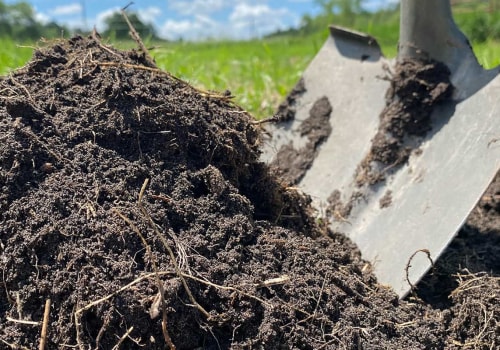
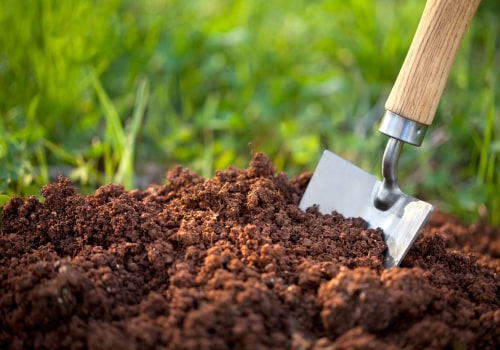
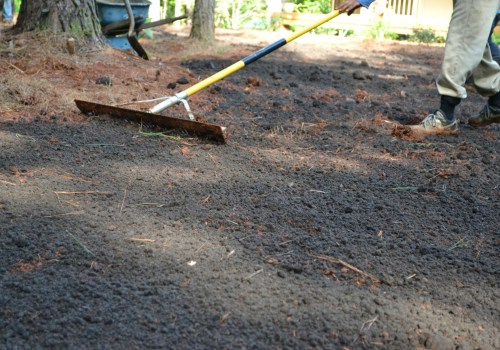
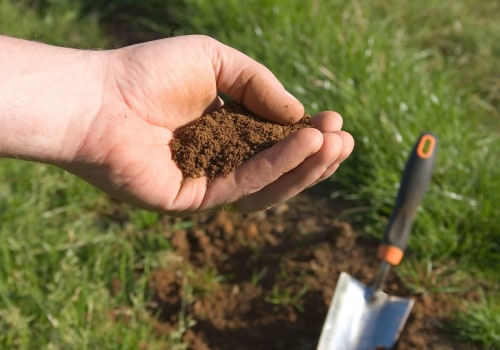

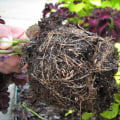

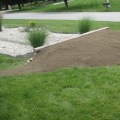
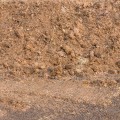


Leave a Comment